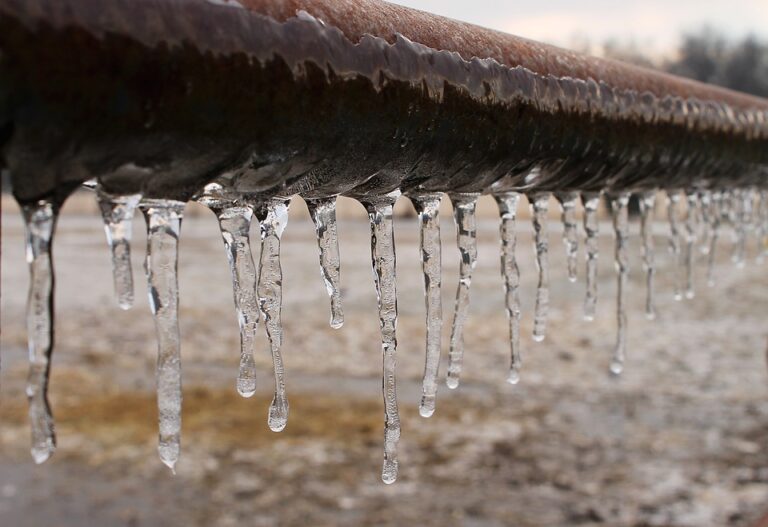Edmonton’s freezing winter months can wreak havoc on your house and your home’s sewer lines are no exception. Often overlooked when preparing your home for winter, a frozen sewer line can cause a lot of damage and stress. Read more to learn about the signs of a frozen sewer line and what you can do to prevent this from happening.
What Causes Sewer Lines to Freeze?
Water trapped in your sewer line can freeze when the temperatures drop below 0°C. When this happens, the water expands and can create blockages in the pipe or even result in a broken sewer line.
Sewer lines can freeze for several reasons including improper insulation, sudden temperature drops, and heating issues in your home.
How Can I Tell If My Sewer Line is Frozen?
The sooner you can recognize the signs of a frozen sewer line, the more quickly you can fix the issue before it becomes a major repair. If the temperatures outside are below freezing and you notice any of the following signs, your sewer line may be frozen:
- Flooding or damp walls and ceilings
- Unexplained puddles or sinkholes outside
- Gurgling noises in your sewer system
- Foul smells from drainage system
- Frost on pipes
- No water coming through faucets
How Can I Prevent My Sewer Line From Freezing?
Alberta winters can get cold quickly. In order to ensure that you don’t have to deal with frozen lines this winter, here are some preventative measures you can take to keep your sewer line from freezing:
1. Insulate Your Pipes
When your sewer pipes are not properly insulated there is an increased risk of the water inside freezing.
Insulating your sewer line is a simple procedure: wrap pipe insulation around the plumbing lines and secure with electrical tape.
2. Seal Off Outside Vents
The more cold air that can enter your basement or crawlspace, the more likely the water in your sewer pipes will freeze.
Limit the flow of cold outside air around the pipes by sealing off the vents in your basement or crawlspace.
3. Inspect Your Water Heater
Your water heater helps to keep water flowing through your pipes warm enough that it doesn’t freeze.
Inspect your water heater to make sure it is maintaining a proper temperature of water. In the colder months, turn the water heater up by a couple of degrees to prevent freezing.
4. Run Water
Constantly flowing water is far less likely to freeze than standing water.
During particularly cold weather, run a small stream of water from one of your sinks. This will help keep the water inside your pipes from freezing.
5. Keep Drains Clear
You can help keep your pipes warm from the outside as well by removing any snow on or around outdoor drains and your septic tank if you have one.
How Can I Thaw My Sewer Line If It’s Already Frozen?
One of the most commonly recommended fixes for a frozen sewer line is to pour very hot water (not boiling) down the drain in order to thaw the blockage. If you do attempt this, you have to be very careful. If the water is too hot, it could damage PVC pipes or the hot water could cause a pressure build up which cause the pipe to burst.
The best thing to do if your sewer line is frozen is to call a professional plumber. The technicians at Peak Sewers can diagnose where the pipe is frozen and determine the best plan for thawing it.
If ever your suspect that your sewer line is frozen, please don’t hesitate to contact us immediately. Our 24/7 emergency service means we can get there quickly before the issue escalates.

